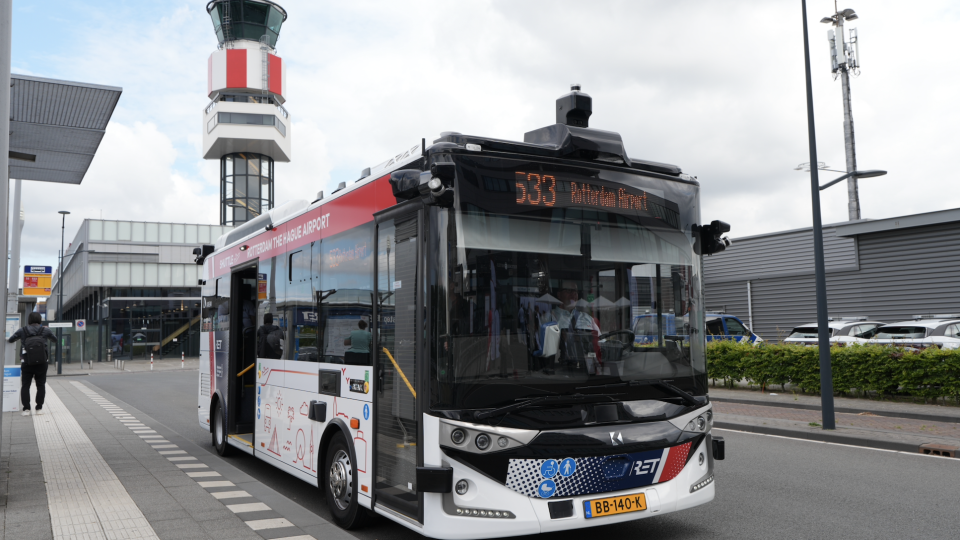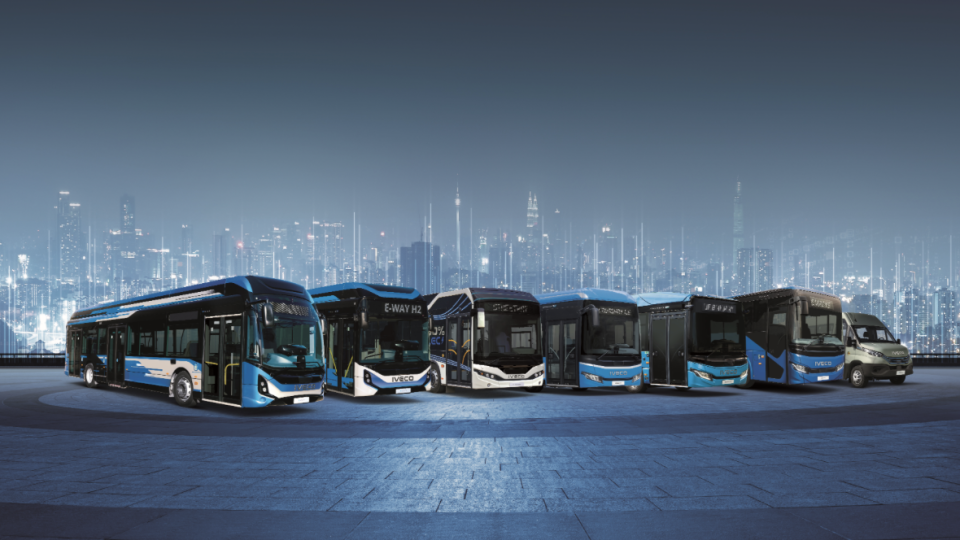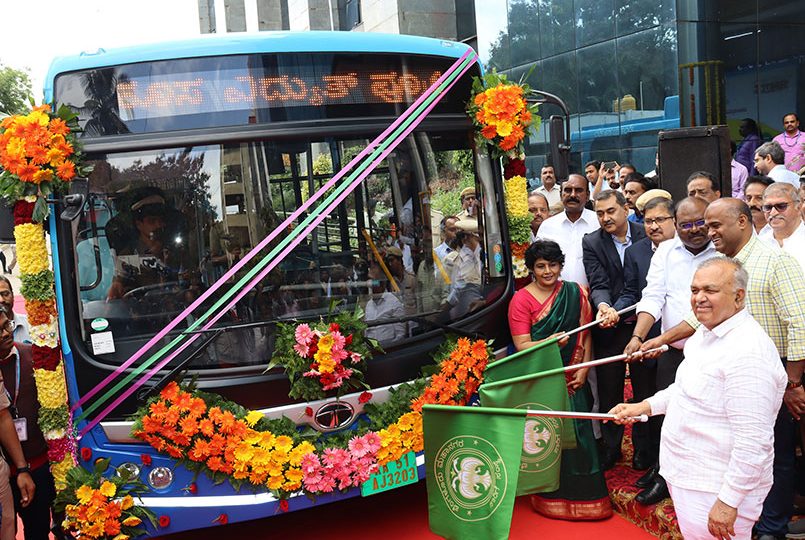Bustech to build a bus with Cummins battery-electric and hydrogen technology in Australia
Cummins and Bustech, Australia’s largest supplier of transit buses designed, engineered and manufactured in Australia, announced an agreement to build the next generation Bustech XDi low floor transit bus using Cummins zero-emission battery electric and hydrogen fuel cell technologies. The agreement provides for initial units to be developed for both battery electric and fuel cell […]
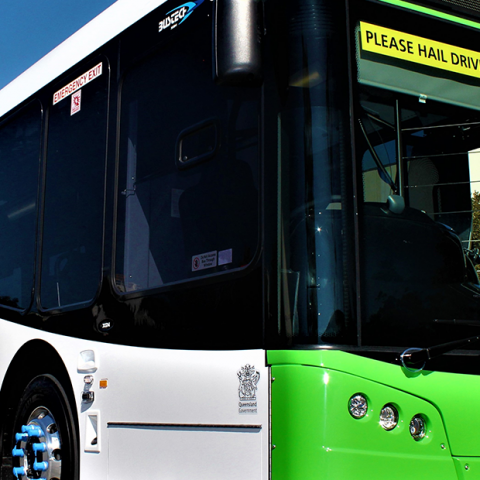
Cummins and Bustech, Australia’s largest supplier of transit buses designed, engineered and manufactured in Australia, announced an agreement to build the next generation Bustech XDi low floor transit bus using Cummins zero-emission battery electric and hydrogen fuel cell technologies. The agreement provides for initial units to be developed for both battery electric and fuel cell electric, with plans to ramp up production in late 2021 and early 2022, respectively. Cummins parters also with Gillig in the US.
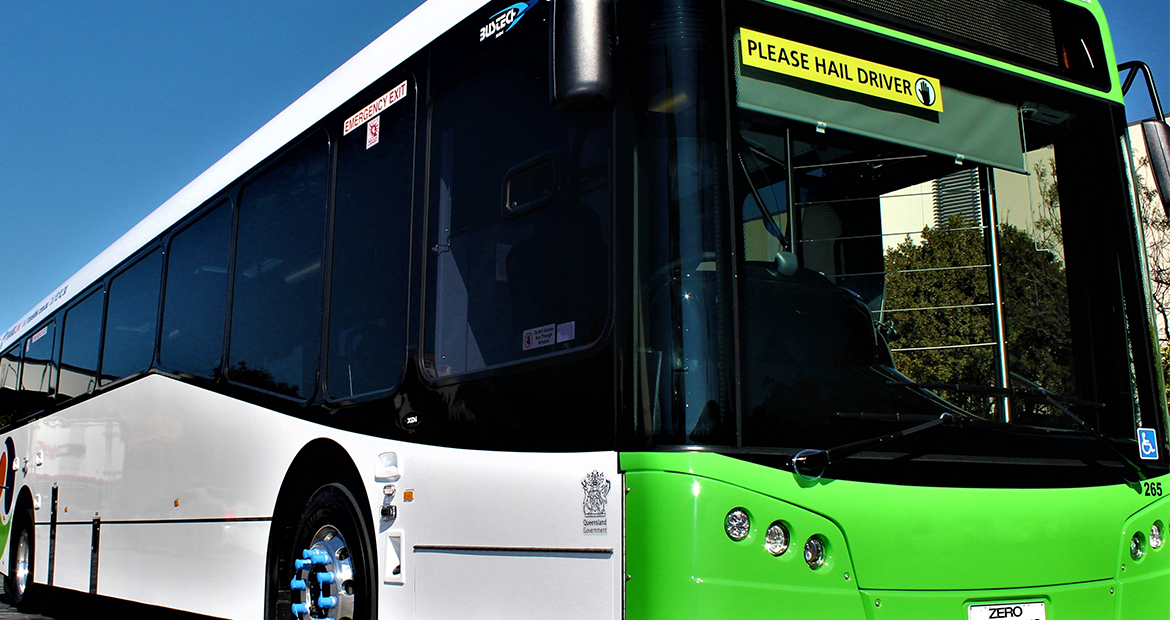
Up to 518 kWh Cummins battery on Bustech vehicle
The Battery Electric System from Cummins debuted in 2019 after extensive development, testing and validation. Cummins battery packs, which form an integral part of the battery electric powertrain, are designed and built by Cummins. The batteries feature a lightweight enclosure and flexible energy dense modules, all controlled by a proprietary battery management system (BMS) to keep the packs operating at maximum performance. Within the system, the packs can be scaled from 444 kWh to 518 kWh. The battery electric powertrain for Bustech will have a range up to 350 km between recharging, according to the producer.
The Cummins fuel cell electric powertrain will maintain a large amount of commonality with the battery electric system and will be built on the same chassis from Bustech, Cummins points out. Cummins, which acquired Hydrogenics Corp. in 2019, will combine Cummins proprietary batteries with its 90kW proton exchange membrane (PEM) fuel cell to provide a 450-600 km range based on various on-board hydrogen storage options.
To support Bustech’s XDi zero-emission products, Cummins will provide local service to customers through their company-owned distributor network, one of the largest in Australia supporting the bus market. Cummins has over 35 branch locations in Australia and New Zealand, and more than 6,000 dealer and distributor locations globally. The electric and fuel cell powertrain components will be manufactured in the United States, with final assembly and integration into the buses taking place in Australia.
Cummins with Bustech
“We are excited to continue working with Bustech to provide the next evolution in clean, dependable solutions from Cummins,” said Amy Davis, President of New Power at Cummins. “Our ability to offer a full portfolio of solutions, allows our customers to seamlessly transition to one of several decarbonized solutions depending on their needs and specific use case. With a global support and service network already established, we’re equipped to support customers as they integrate zero-emission vehicles into their fleets.”
“We have leveraged Cummins diesel technology for many years to produce over 500 integrated chassis, and now we are excited to work together to deliver the next evolution of the platform,” said Christian Reynolds, group managing director at Bustech. “With technology evolving rapidly and a long vehicle lifecycle, we know customers need a vehicle architecture that provides commonality but allows them to adapt. We are focused on value for money and total cost of ownership.”
“Cummins shares our philosophy of building a vehicle platform to ease the transition to zero emission vehicles. An operator can select the best energy solution for a route, taking advantage of the unique properties of the battery and hydrogen powered vehicles. The updated XDi architecture simplifies mixed fleet vehicle maintenance through the quantity of shared components,” said Gregg Dinning, chief technology officer of Bustech. “Leveraging Cummins knowledge of zero-emissions technology and powertrain operation in Australia enables Bustech to deliver a vehicle that is optimized for Australian conditions from conception.”
“We’re excited to strengthen our already strong relationship with Bustech, allowing our mutual customers to experience the journey to zero emissions with partners they know and trust,” said Chris Bowerman, bus and coach business manager for Cummins South Pacific. “Being able to offer customers everything from Euro 6 clean diesel, to battery electric and hydrogen fuel cell electric within one bus, should create confidence that we can provide the best-fit solution for each customer’s unique needs.”




